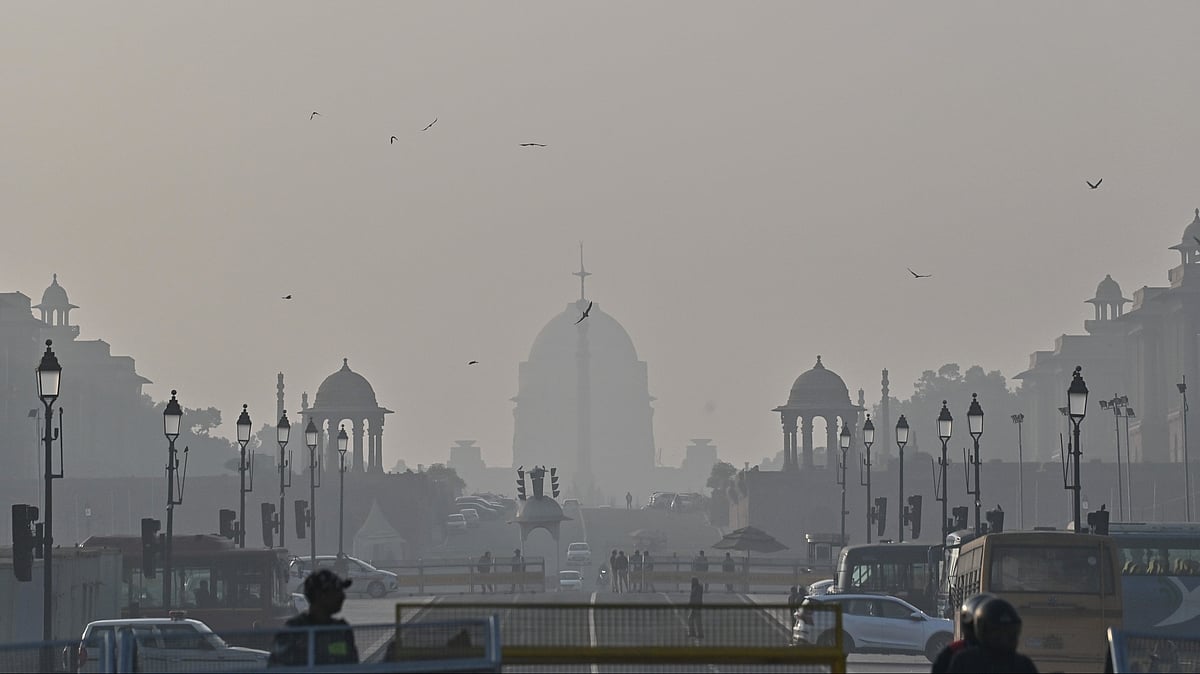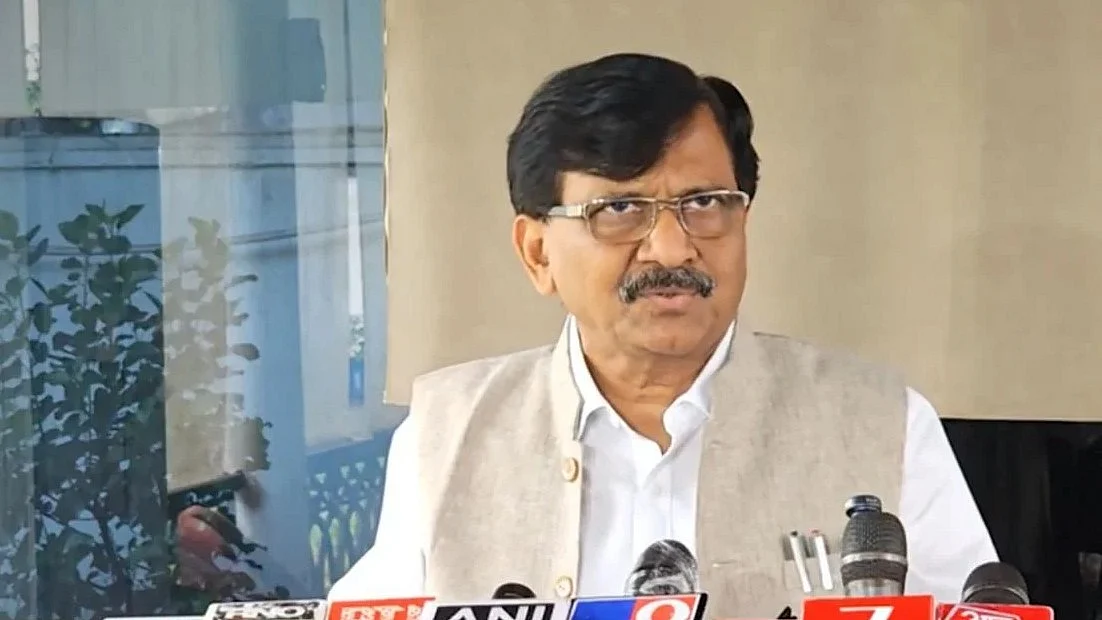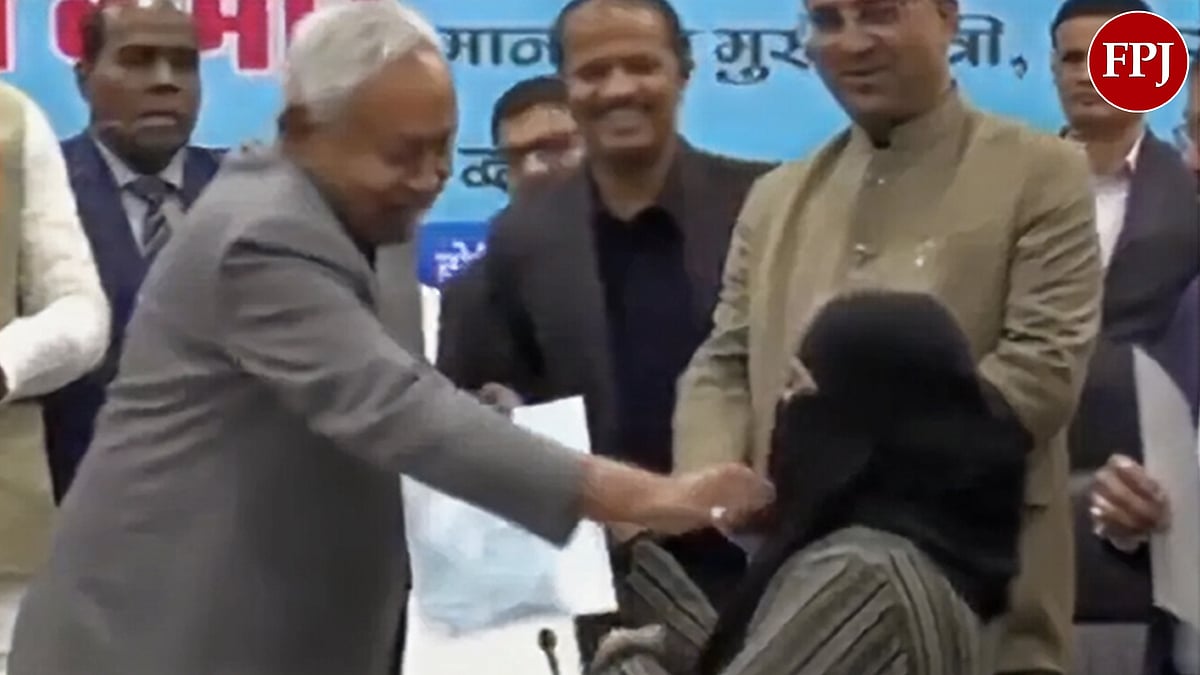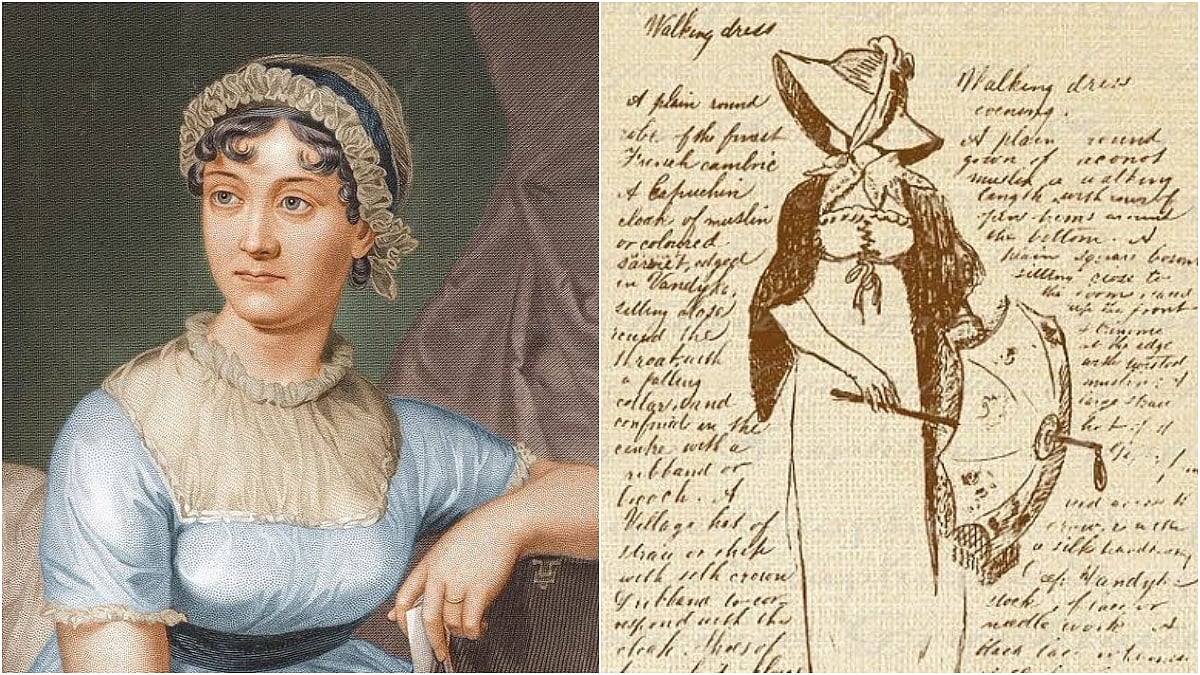We have a first-class international crisis on hand. We may not, as some observers put it, be witnessing a world war, but we are now certainly braving a 'war of the world.' Though guns have not yet fallen silent, a new world order is already here.
While the war is taking place in Ukraine, which for centuries has been a battlefield between European and Russian armies, the real conflict is between the United States, its allies, and Russia. US and NATO leaders have repeatedly stated that the western military alliance NATO has never been more united than it is now.
Students of history and international relations fifty years from now will not be able to comprehend why Russia invaded Ukraine and why, despite its enormous military prowess, it could not succeed.
The most eloquent of war correspondents now in Ukraine will not be able to leave uncomplicated accounts of the conflict that will make sense after fifty years. President Putin conducted reluctant diplomacy last year with President Joe Biden over Ukraine’s “de facto” NATO militarisation claiming continuing violation of Minsk agreements over the status of Donbas and repeated the warnings he has been making for nearly 15 years that NATO’s eastward expansion will not be tolerated.
Western weapons, trainers, and military experts have been making a beeline for Ukraine for the last 8 years since the violent regime change that ousted the pro-Russia President of Ukraine Viktor Yanukovych. Russia annexed Crimea which is overwhelming Russia and a civil war started in Donbas.
The reality of this conflict is that it is hardly a bilateral or regional matter. Vladimir Putin has characterised it almost as a clash of civilisations and formulated it as the first confrontation between Russia and the US-led western alliance.
The Russian economy at US$ 1.5 trillion is nearly 34 times smaller than the combined US and European GDP at US$ 38 trillion. Its military spending is a bare US$ 50 billion compared with an annual 20 times more by the US and its NATO allies.
Despite the U.S. threats of “sanctions from hell,” President Putin initiated this invasion of Ukraine and this confrontation tells of the huge threat perception of Russian decision makers.
It was always obvious that Ukraine did not pose any threat to Russia. But the Russian calculation and strategy see Ukraine as a proxy of the western alliance, a battlefield of choice. While skirmishes are continuing in a handful of cities in Ukraine, Russia has clearly achieved strategic military victory.
The Ukrainian Navy has ceased to exist. Nearly 80% of the Ukrainian Air Force and Air Defences are neutralised. Military command and control are destroyed and major armies are cut off from supply chains.
Russians are slowly throwing a noose around Ukrainian armies in the west of Donbas. Unwilling and unable to directly help Ukraine, the United States and European allies are grudgingly left to offer support in receiving millions of refugees and provide light armaments and a media blitz against Russia. It neither changes the situation on the ground nor does it have wider implications of this conflict.
On the ground and in the theatre of the war itself, it remains to be seen whether Ukraine will maintain some degree of sovereignty. For all practical purposes, besides Crimea, it has now lost its access to the Sea of Azov, the major coal, steel, and agrarian region of Donbas whose boundaries have now been significantly expanded by the Russian invasion.
There is chatter in Moscow that Russians will assert some form of political control on what is commonly termed as Novorossiya, or New Russia, a region east of the Dnieper river, thereby bringing ethnic Russian majority regions of Ukraine under Russian protection. Within Europe, Russia is now cut off from trade, finance, and travel. The sanctions and restrictions now numbering over 6,000 make the cold war.
The iron curtain looks like a plastic sheet. Europe will sooner or later provide an economic affiliation to Ukraine and pour in billions to help redevelop the country through a new “Marshal Plan,” even as Russians complete what they term “denazification” of Ukraine as in post-WWII Germany.
Any possibility of normalisation of relations between the western alliance and Russia can be ruled out for a generation. This conflict between Russia and Europe and the Anglo Saxon world has been simmering for at least a thousand years since the Great Schism between Orthodox Christianity and Catholic Europe.
The eight decades long capitalism vs communism standoff of the previous century was but a short chapter in the saga of Russophobia and hatred of Russians in Europe who were characterised as “barbarians” and looked upon, part in fear, and part in awe by imperial powers who never quite managed to colonise Russia.
The short decade of the 1990s was the only period when a weak Russia was de facto ruled from within by the US-appointed and supported politicians. Even then, the most pro-western Russian leader in history Boris Yeltsin famously told the United States that an eastward expansion of NATO would lead to a military confrontation. President Putin has repeated that refrain dozens of times over the past two decades he has been in power.
This conflict has now become almost impossible to be doused except in the unlikely realisation of openly expressed western fantasies about the assassination or forceful removal of Vladimir Putin. In the global context, it is no wonder then that Russia has turned East and sought closer economic ties with China and its oldest strategic partner, India. What is not being said is as important as the diplomatic speech.
The Indian position has demonstrated that while Prime Minister Modi seeks the closest economic, technological, and strategic ties with the West, India has finally broken free of the post-colonial mindset. Indian leadership no longer views the world from London’s perspective. It is putting Indian interests front and center. It is not about India walking a tight rope but for the UK, Europe, and United States to walk a tightrope, not to offend India, the world’s fastest-growing economy.
The differences in instances taken by three eastern powers toward the West are stark. Russia, China, and India are fundamentally different in their approaches toward the world, a new era of globalisation, and their own place in the world. While Russia is now openly confrontational, and China continues an aggressive policy of expansionism as its own economy and Belt-Road plans flounder, Prime Minister Modi has shaped India’s destiny in the world as a truly independent power in its own right.
(R.K.Raghavan is a former CBI Director who now teaches criminal justice at Jindal Global University in Sonepat (Haryana). Ajay Goyal is a strategist knowledgeable in Russian Affairs who lives in Europe)










